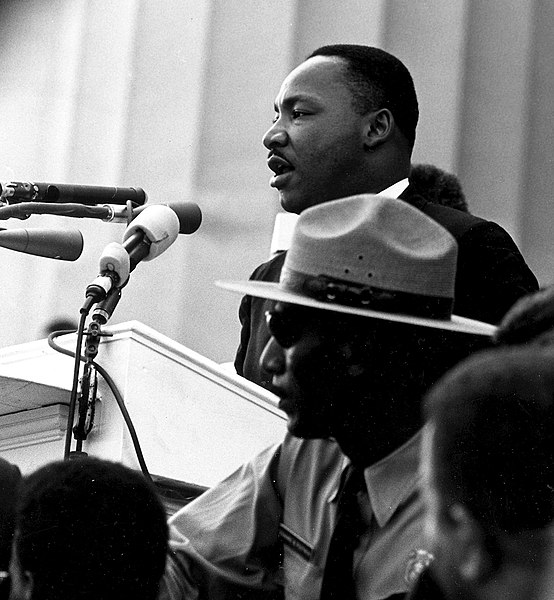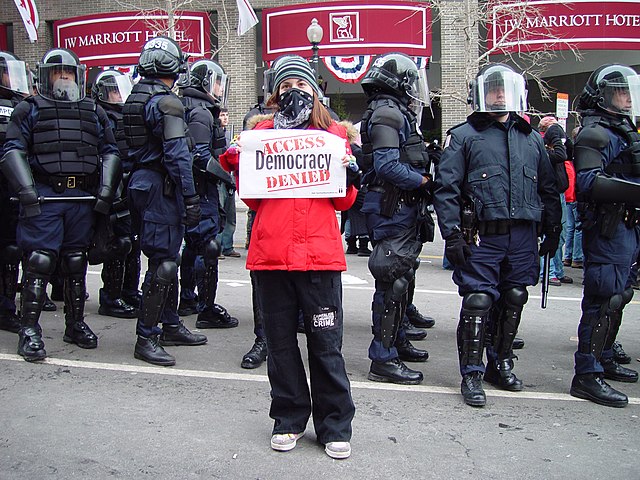A peace movement is a social movement which seeks to achieve ideals such as the ending of a particular war or minimizing inter-human violence in a particular place or situation. They are often linked to the goal of achieving world peace. Some of the methods used to achieve these goals include advocacy of pacifism, nonviolent resistance, diplomacy, boycotts, peace camps, ethical consumerism, supporting anti-war political candidates, supporting legislation to remove profits from government contracts to the military–industrial complex, banning guns, creating tools for open government and transparency, direct democracy, supporting whistleblowers who expose war crimes or conspiracies to create wars, demonstrations, and political lobbying. The political cooperative is an example of an organization which seeks to merge all peace-movement and green organizations; they may have diverse goals, but have the common ideal of peace and humane sustainability. A concern of some peace activists is the challenge of attaining peace when those against peace often use violence as their means of communication and empowerment.

Cover of Die Friedens-Warte, a German journal of the peace movement, issue #11, 1913
Penn's Treaty (1847), by Edward Hicks
1880 caricature of Henry Richard, a prominent advocate of pacifism
Mahatma Gandhi, leader of the Indian independence movement and advocate of nonviolent resistance
A social movement is a loosely organized effort by a large group of people to achieve a particular goal, typically a social or political one. This may be to carry out a social change, or to resist or undo one. It is a type of group action and may involve individuals, organizations, or both. Social movements have been described as "organizational structures and strategies that may empower oppressed populations to mount effective challenges and resist the more powerful and advantaged elites". They represent a method of social change from the bottom within nations. On the other hand, some social movements do not aim to make society more egalitarian, but to maintain or amplify existing power relationships. For example, scholars have described fascism as a social movement.
The Gordon Riots, depicted in a painting by John Seymour Lucas
The Great Chartist Meeting on Kennington Common, London in 1848
Martin Luther King Jr. was a leader in the civil rights movement, one of the most famous social movements of the 20th century.
Photo taken at the 2005 U.S. Presidential inauguration protest








